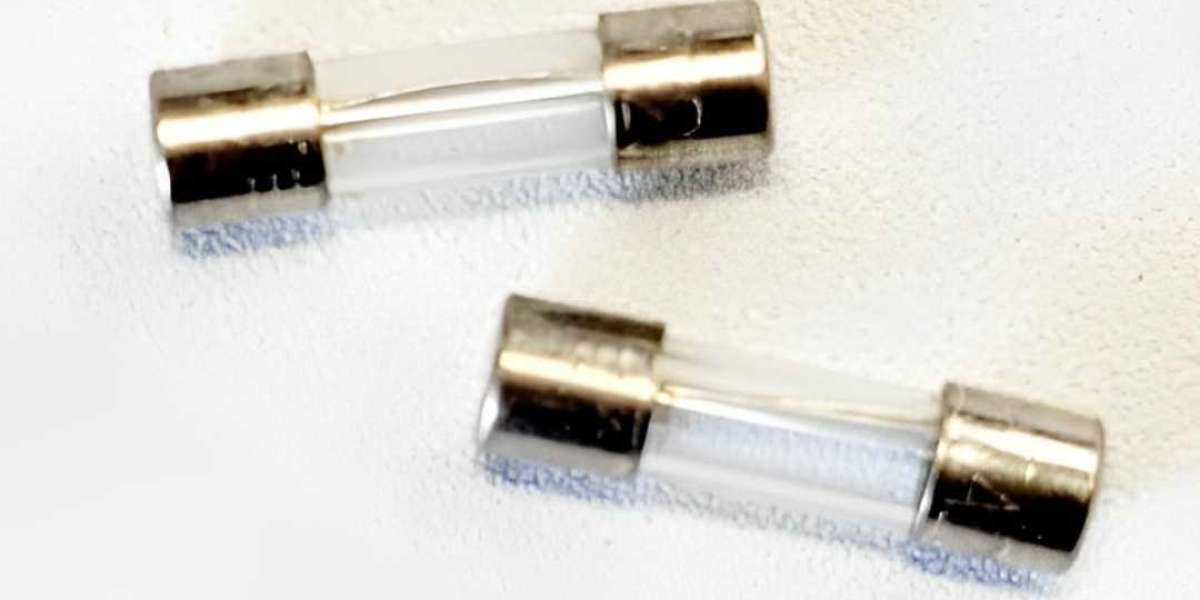Introduction:
Slow blowing, a technique used in various industrial processes, involves controlled airflow to achieve specific outcomes in manufacturing, chemical reactions, and environmental control. This article explores the principles behind slow blowing, its practical applications across different industries, and its role in optimizing processes for efficiency and quality.
The Concept of Slow Blowing
Slow blowing refers to the controlled introduction of air or gas at a gradual rate into a system or process. Unlike rapid or turbulent airflow, which can disrupt delicate processes or cause inefficiencies, slow blowing ensures a gentle and steady flow. This technique is crucial in applications where precise control over air/gas distribution, temperature, or chemical reactions is necessary.
Techniques and Methods
In industrial settings, slow blowing is implemented through various techniques and methods tailored to specific requirements:
Gas Injection in Metallurgy
In metallurgical processes, slow blowing is used to introduce gases such as oxygen, nitrogen, or argon into molten metals. This controlled injection modifies the chemical composition and physical properties of the metal, enhancing alloy formation, refining grain structure, and reducing impurities. Slow blowing techniques ensure uniform distribution of gases, improving product quality and consistency in steelmaking, casting, and metal refining.
Air Filtration and Environmental Control
Slow blowing is integral to air filtration systems and environmental control technologies. By regulating airflow rates, particulate matter, pollutants, and contaminants are effectively captured and removed from industrial exhaust gases or indoor air environments. Slow blowing ensures efficient filtration without compromising system performance or energy consumption, supporting clean air initiatives and compliance with environmental regulations.
Chemical Reactions and Catalysis
In chemical manufacturing and catalysis, slow blowing facilitates controlled reactions and process optimization. Gases are introduced gradually to reactants or catalyst beds, promoting efficient conversion of raw materials into desired products. This technique enhances reaction selectivity, minimizes unwanted by-products, and improves yield and product purity in pharmaceuticals, petrochemicals, and specialty chemical industries.
Applications Across Industries
Slow blowing finds diverse applications across industries, each leveraging its benefits for enhanced productivity, quality assurance, and environmental stewardship:
Food Processing and Preservation
In food processing, slow blowing is employed in modified atmosphere packaging (MAP) systems to extend the shelf life and freshness of perishable goods. Controlled gas compositions, typically oxygen, nitrogen, or carbon dioxide, are introduced into packaging containers or storage environments. Slow blowing techniques maintain optimal gas concentrations, inhibiting microbial growth, oxidation, and spoilage, thereby preserving food quality and safety.
Environmental Remediation
Slow blowing plays a vital role in environmental remediation projects, particularly in soil and groundwater remediation. Gaseous amendments, such as oxygen or carbon dioxide, are introduced into contaminated sites to enhance bioremediation processes or facilitate chemical oxidation reactions. Slow blowing ensures uniform distribution of gases throughout the remediation zone, accelerating contaminant degradation and restoring environmental integrity.
Wastewater Treatment
In wastewater treatment facilities, slow blowing techniques support aerobic and anaerobic processes essential for biological nutrient removal and treatment efficiency. Air or oxygen is introduced into aeration tanks or bioreactors at controlled rates to maintain optimal conditions for microbial activity. Slow blowing promotes effective nutrient removal, organic matter degradation, and pathogen reduction, contributing to clean water resources and compliance with wastewater discharge standards.
Technological Advancements
Advancements in slow blowing technologies enhance precision, efficiency, and versatility in industrial applications:
Advanced Flow Control Systems
Modern flow control systems integrate sophisticated sensors, actuators, and feedback mechanisms to regulate airflow rates with precision. Automated control algorithms optimize gas distribution and consumption, minimizing operational costs and environmental impact.
Smart Sensors and Monitoring
Deployment of smart sensors and real-time monitoring systems enables continuous measurement of air/gas parameters and process conditions. Data-driven insights enhance process optimization, predictive maintenance, and compliance with regulatory requirements in industrial operations.
Energy Efficiency and Sustainability
Efforts are underway to enhance the energy efficiency and sustainability of slow blowing techniques through innovative design and integration of renewable energy sources. Low-energy consumption systems and alternative gas sources contribute to reducing carbon footprint and enhancing resource conservation in industrial processes.
Future Prospects and Innovations
The future of slow blowing technology is poised for further innovation and application expansion:
Integration with Industry 4.0
Integration of slow blowing systems with Industry 4.0 technologies, such as artificial intelligence (AI) and Internet of Things (IoT), enables real-time data analytics, remote monitoring, and autonomous operation. Smart manufacturing practices optimize process efficiency, product quality, and operational flexibility across diverse industrial sectors.
Advanced Materials and Nanotechnology
Advancements in materials science and nanotechnology drive development of advanced membranes, catalysts, and filtration media for enhanced performance in slow blowing applications. Nanomaterials offer tailored properties for improved gas separation, purification, and environmental remediation solutions.
Conclusion
Slow blowing represents a cornerstone technique in modern industrial processes, offering precise control over airflow for enhanced productivity, quality assurance, and environmental sustainability. From metallurgy and chemical manufacturing to food processing and environmental remediation, this technique enables tailored solutions that optimize resource utilization and mitigate environmental impact. Embracing the capabilities of slow blowing is essential for advancing technological innovation, sustainable development, and global competitiveness across industries.







